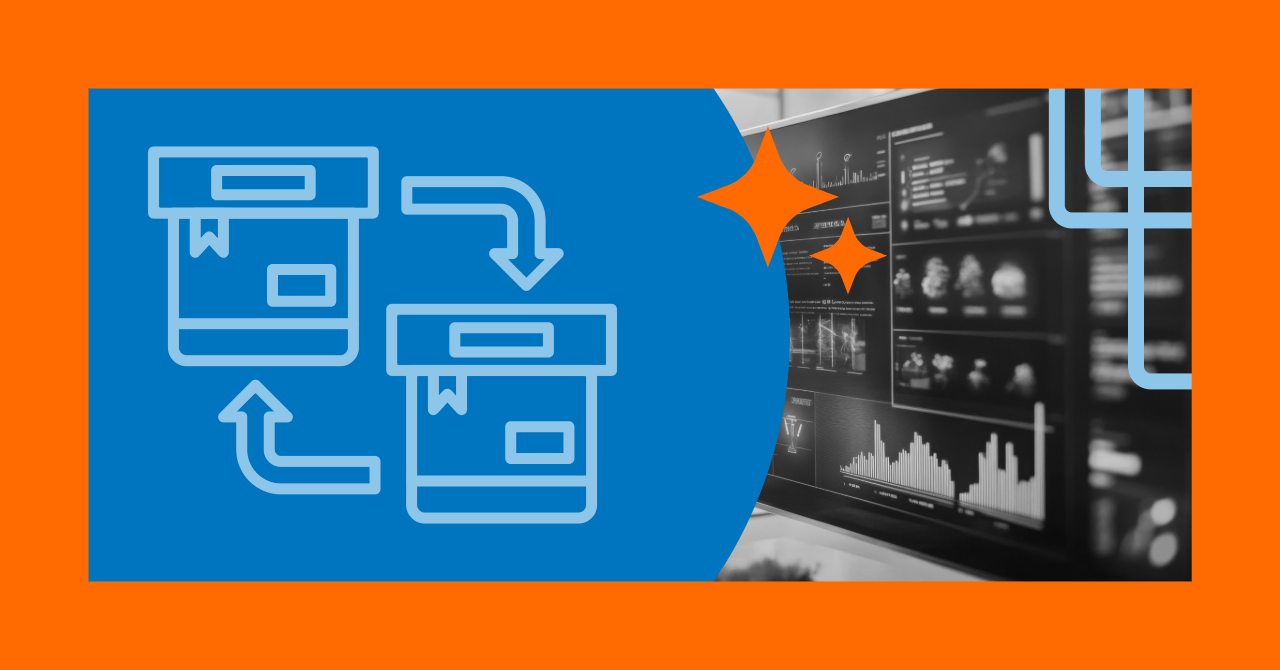Replacing cloud analytics with edge is a tempting idea. Edge systems are fast, local, and can run independently of a network. So naturally, some assume that once you have edge capabilities, there’s no more need for cloud-based analytics.
But that’s not how modern analytics works.
Edge computing doesn’t replace the cloud. And it definitely doesn’t replace your cloud analytics stack. Instead, it fills a gap that cloud analytics alone can’t cover—bringing real-time insight to the edge, while continuing to feed the cloud with data for deeper, longer-term analysis.
Why the confusion?
Cloud analytics have been the gold standard for years. You collect data, send it to the cloud, and let your analytics platform turn it into charts, dashboards, and decisions. That model still works, especially when you’re looking at historical data or organization-wide trends.
Edge computing sounds like a different world. Suddenly, data is being analyzed on a factory floor, inside a delivery vehicle, or in a retail store. No dashboards. No round trips to the cloud. Just instant feedback from the device itself.
That shift can feel like a replacement. But in reality, it’s a layer, not a swap.
Cloud vs. Edge: Striking the Perfect Computing Balance for Your Business
What edge analytics actually means
Edge analytics is about time and location. Instead of sending raw data off for processing, edge devices analyse it right there, on-site, in real time.
Examples:
- A vibration sensor detects a shift in a machine and flags it before failure occurs
- A smart shelf tracks product movement and updates local stock counts instantly
- A building management system adjusts HVAC settings based on occupancy and temperature data – without waiting on a cloud signal
These insights don’t need to go to the cloud first. They’re local decisions made from local data, right when it matters.
But here’s the catch: they’re still analytics, and more often than not, that data still finds its way into your broader analytics workflows.
The cloud still plays a critical role
Cloud analytics isn’t going anywhere. You still need it for:
- Aggregating data from multiple edge locations
- Visualising trends across time
- Building dashboards for leadership and operations
- Running advanced models for forecasting, inventory planning, and more
Edge analytics improves what cloud-based tools can’t always do: act quickly, close to the data source. But it also improves the cloud by filtering and enriching the data before it ever arrives at your central platform.
This means fewer duplicates, cleaner inputs, and more context-aware insights.
Edge and cloud analytics work better together
Here’s how a hybrid analytics workflow might look:
- A device captures data and runs local ML inference to detect an event
- That event is logged immediately, and action is taken on-site
- Periodic summaries are sent to the cloud to populate dashboards or feed other systems
- The cloud aggregates this across hundreds of sites for business-wide analysis
With this setup, you’re not duplicating your analytics stack—you’re extending it. Edge becomes the front line for immediate action, and the cloud remains your core for strategy and scale.
Where Simply NUC fits into edge analytics
Simply NUC systems are purpose-built for this kind of hybrid approach.
Our rugged devices, like the extremeEDGE Servers™, can crunch real-time sensor data and feed alerts into local control systems. Meanwhile, more compact models like Cyber Canyon NUC 15 Pro are ideal for retail or smart office environments where light analytics and cloud syncing go hand in hand.
We have systems that support AI inference, run lightweight analytics frameworks locally, and integrate easily with cloud dashboards and platforms.
And with NANO-BMC, you can remotely manage analytics endpoints without sending teams on-site.
You don’t need to rebuild your analytics stack – you just need to extend it smartly.
It’s not a takeover, it’s a team-up
Edge computing isn’t coming for your cloud analytics platform. It’s going to make it better.
By pushing quick, local decisions to the edge and letting the cloud handle long-term insight and coordination, you get the best of both worlds – faster reactions, smarter strategies, and cleaner, more relevant data at every level.
If you’re using cloud analytics today, great. You’re already halfway there. The next step? Let edge take some of the pressure off and help your insights move faster.
Useful Resources
Edge computing technology
Edge server
Edge computing for retail



